A diverse ethnic community in southern Cardiff, Butetown’s expansive history has helped make it one of the city’s largest cultural hotspots.
Since the early 19th century, people from all over the world have called Butetown home. Before you stroll from the top of Bute Street down to Cardiff Bay for a day of exploring, check out these 10 facts to make your Butetown experience a full one.
1. Before Cardiff Bay or Mermaid Quay, Butetown was Tiger Bay
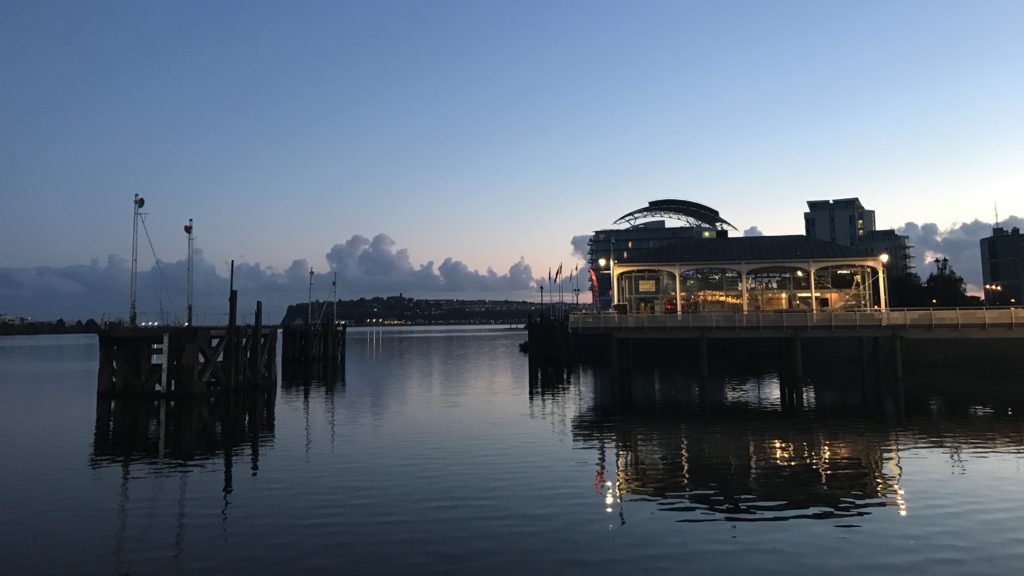
As an 1800s seaman’s haven, Butetown was laden with big ships and tall tales, some of which still claim to bequeath the area its unofficial moniker: Tiger Bay. One strand of folklore credits the handle to sailors who traveled the seas speaking of a woman who strolled two tigers around Loudoun Square.
Another fable credits Portuguese sailors who, after successfully docking against the infamous tides, would liken sailing into Cardiff to sailing through a bay of tigers. Still, less lyrically poignant is the theory that the area’s debauched reputation as a cradle for prostitution, gambling, crime and other lawless proceedings earned the port town a generic derivative used by sailors for all lewd sea journey stop-offs.
2. Docks and coal built Butetown
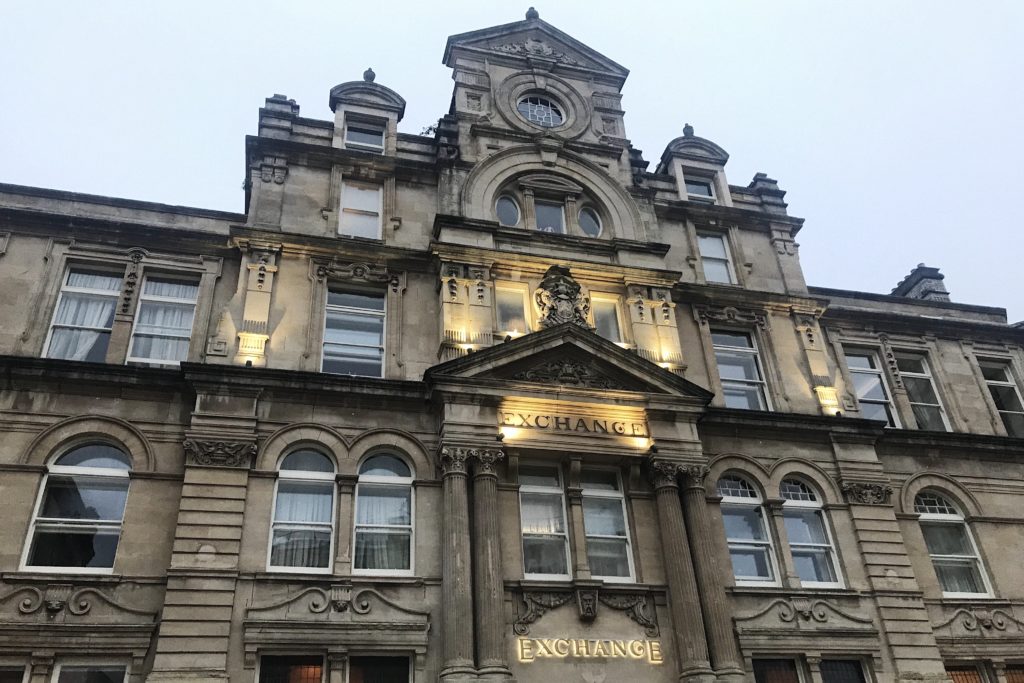
The first Cardiff dock was built by the 2nd Marquess of Bute, John Crichton-Stuart in the late 1800s. To boost the local economic development, the Coal Exchange in Mount Stuart Square was opened in 1886 to support the shipping and exporting of coal mined in the South Wales valleys, which transformed Cardiff from a small town to one of Wales’ largest cities.
The booming coal industry in Tiger Bay attracted thousands of sailors and businessmen from all over the world between the late 19th century and early 20th century. However, the coal industry was affected severely by the two world wars, causing the shut down of the Coal Exchange in 1958. The coal exchange was given a new lease of life in the form of a hotel in 2017.
3. Butetown is a place with many faces
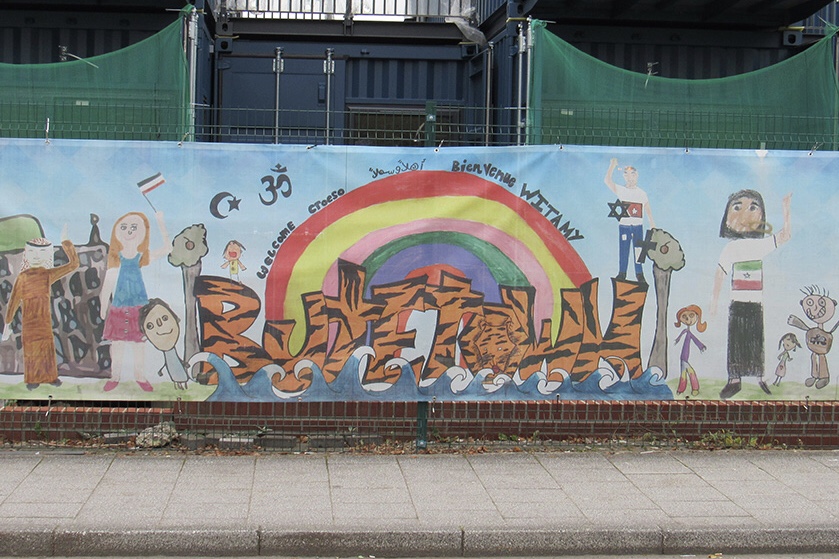
Butetown currently hosts the highest percentage of ethnic minorities in Cardiff, but this myriad of cultural depth is no new fad; it’s a bedrock. As onslaughts of sailors and immigrants from around the globe found their compasses pointing toward Butetown’s docklands, at least 57 nationalities were recorded in the 1950s and more than 50 languages were spoken. Despite Butetown’s eventual industrial shift, the multi-cultural legacy remains and continues to take shape today. People with Somali, Yemini, Bengali, Afro-Caribbean and Jamaican heritages call Butetown home. Butetown was even the site for Wales’ first mosque in 1947, the Noor El Islam Mosque.
4. An iconic wall runs along Bute Street
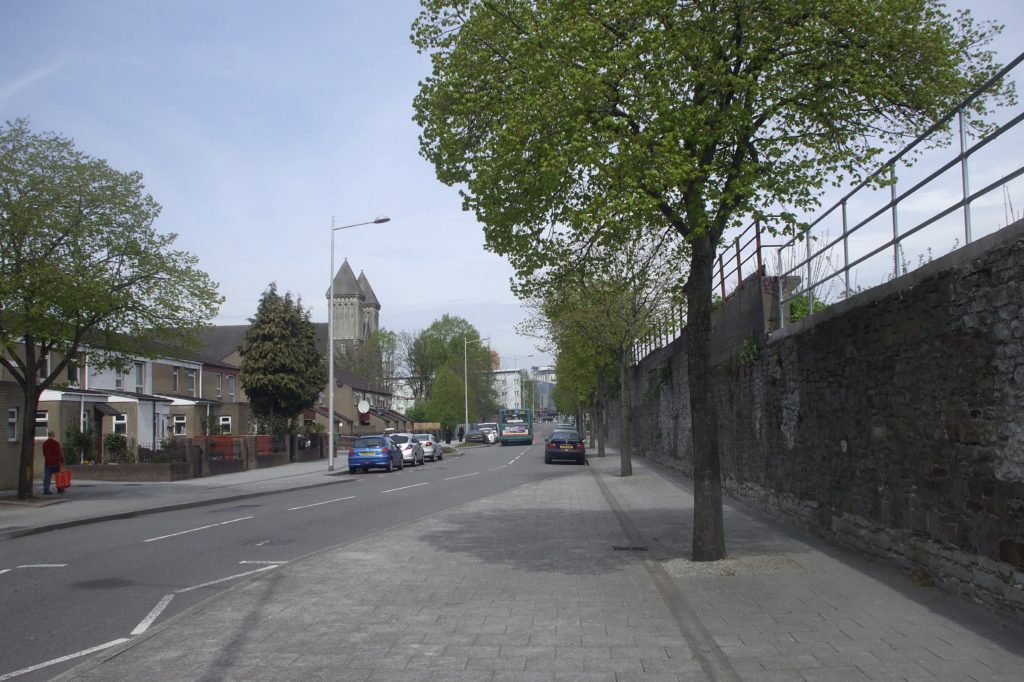
Butetown has been regarded as a hub of integrated culture throughout the years. Despite that, there exists the infamous wall that separates it from the Atlantic Wharf, which is geographically a part of Butetown. This is often regarded to be a symbol of segregation and as a barrier which defines the lack of development in an area of Butetown with a primarily foreign community. This unintentional partition which runs along Bute Street extends until the Cardiff Bay railway station from where you can identify a distinct change in the surroundings as high-end flats and restaurants become visible. These places often cater to the posher community living in the Bay, as well as the many tourists who visit.
5. With diversity can come tension but also remembrance and hope
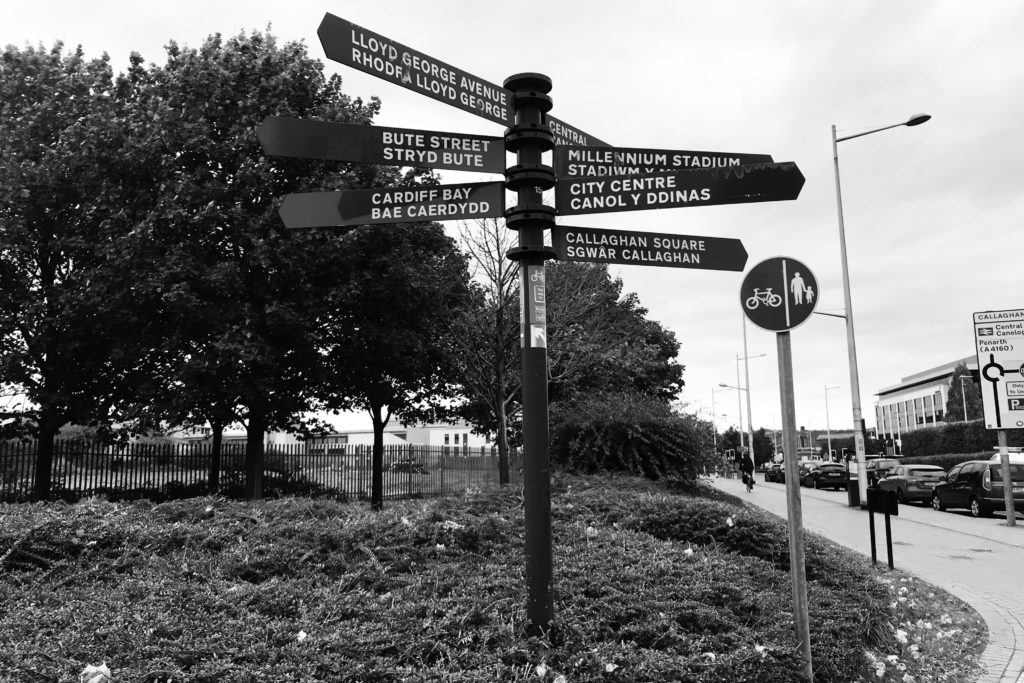
Due to the lack of housing and job opportunities, mass riots known as the Race Riots of 1919 occurred between the servicemen who returned from the war and the locals who had migrated here from Yemeni, Somali and Caribbean. Three people died and hundreds were injured during the conflict. To mark 100 years since the riot, the Museum of Cardiff will launch an event about the people of Butetown from through the month of November. Councillor Peter Bradbury said that the Race Riot of 1919 was a low point in the city’s generally harmonious past but commemorative events can help ensure this piece of history never repeats.
6. The native son of Tiger Bay is Nail M. C. Sinclair
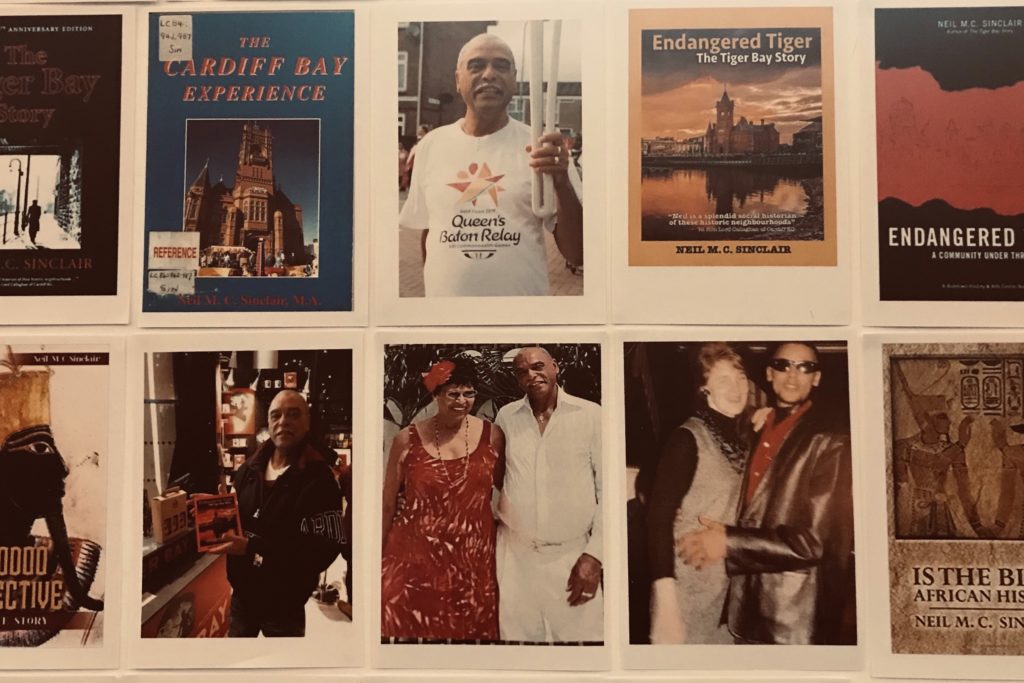
Neil M. C. Sinclair (1944 – 2019) was a local historian who delivered various works about Tiger Bay to promote the history and cultural heritage of Butetown. In the early 1960s, Butetown experienced a huge transformation as many homes and the historic Loudon Square, the heart of Butetown, were demolished by the government to make way for typical 1960s housing estates and two high rise blocks of flats. Mr. Sinclair desired to record the true essence of life in the disappeared community for the younger generation. People nowadays can gain a valuable insight into the old Butetown through his works.
7. Butetown is the home to Welsh vocals
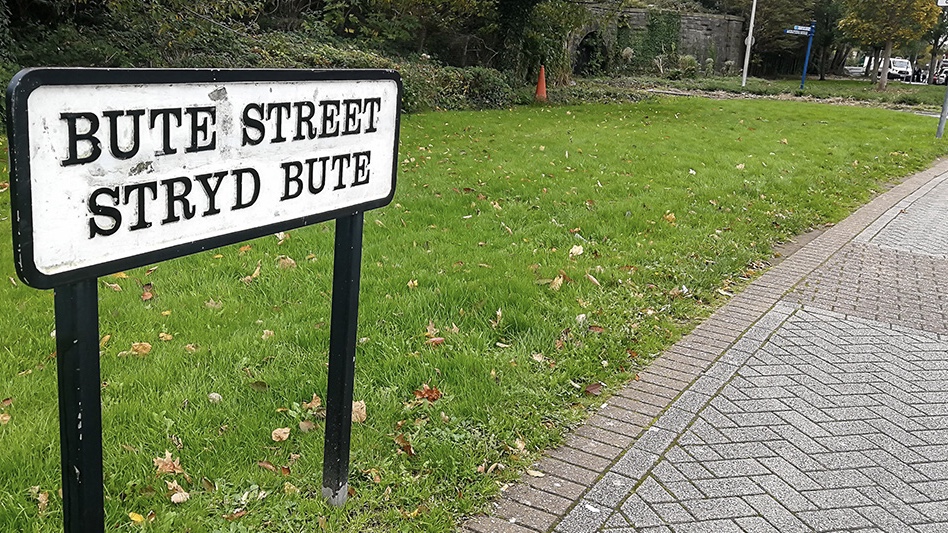
Dame Shirley Veronica Bassey, the Welsh singer most known as the voice behind the James Bond films’ theme songs, was born on January 8, 1937 on Butetown’s very own Bute Street in what was the original Tiger Bay. Bassey was the first Welsh artist to gain a number one single and has sold more than 135 million records. To the locality, Bassey epitomizes what the multi-cultural society in Butetown can offer the world. Born to an English mother and a Nigerian father, she continues to inspire many Black British in the entertainment industry. In addition to the Cardiff Docks, she was among the very few things that made Butetown a well-known place in the United Kingdom.
8. Butetown has a shrine dedicated to a man who never technically was
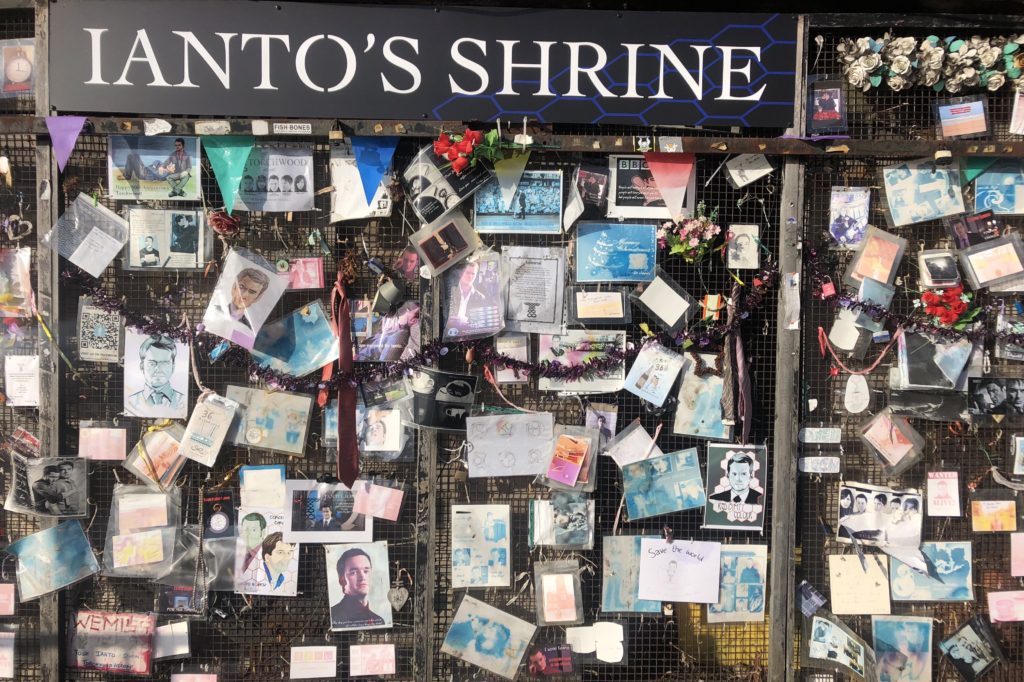
Since 2009 on an otherwise wonted wood-paneled wall at Cardiff Bay, a tribunal shrine of hand-written letters, drawings and photographs has laid claim, all in the name of Ianto Jones. Welsh actor Gareth David-Lloyd played the fictional character known most handsomely for his same-sex relationship on the BBC’s hit television series Torchwood, a spinoff of Dr. Who. The character’s death commencing season three met with a bevy of despondent fans from across the world, who quickly took to dedicating troves of tributes upon the wall in Cardiff Bay, a usual set location for the series. Despite being 10 years old, the shrine continues to receive ample visitors as well as upkeep and holiday decorations from a consistent fanbase and a commemorative plaque courtesy of Mermaid Quay for unbeknownst passers-by’s amusement. The shrine has its own Google Maps location, Twitter profile and TripAdvisor page, which considers it the 45th best thing to do in Cardiff.
9. Butetown is home to the World Harmony Peace Statue

Near Cardiff Bay stands the World Harmony Peace statue, a gift presented in 2012 by the World Harmony Run, a global torch relay spanning over 100 nations. The statue offers people a chance to share in the aims of the World Harmony Run to promote international peace, understanding and friendship and marked the 25th anniversary of the World Harmony Run (Peace Run). It’s designed to be an interactive piece of art which invites the onlooker to hold the torch and offer a silent prayer for Peace. It includes a quote by Sri Chinmoy, who founded the World Harmony Run 25 years ago: “Peace is not merely the absence of war. Peace is the dynamic and energetic presence of love, harmony and oneness in the world family.”
10. Butetown remembers its musical depth

In Cardiff Bay stands another statue of Ivor Novello (15 January 1893 – 6 March 1951), the Welsh composer and actor who became one of the most popular British entertainers of the first half of the 20th century. The sculpture was unveiled by the former city’s Lord Mayor Brian Griffiths and Captain Sir Norman Lloyd-Edwards. The idea for the memorial originally came from Cardiff businessman Hilary David. There was a generous response to his appeal but when needed more help the Statue Fund charity was set up by Sir Norman raising a total of £80,000. The work of international sculptor Peter Nicholas, the statue bears the inscription: “In this city was born a king who gave his people dreams and songs to sing.”
